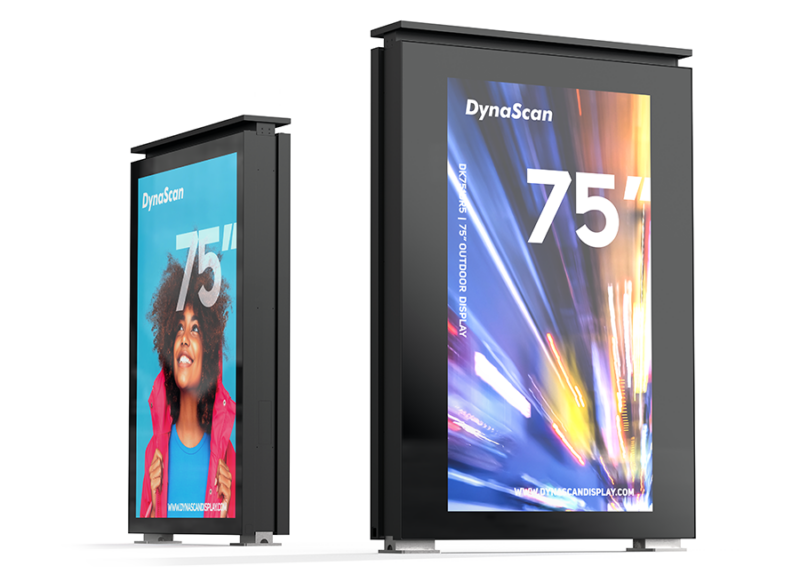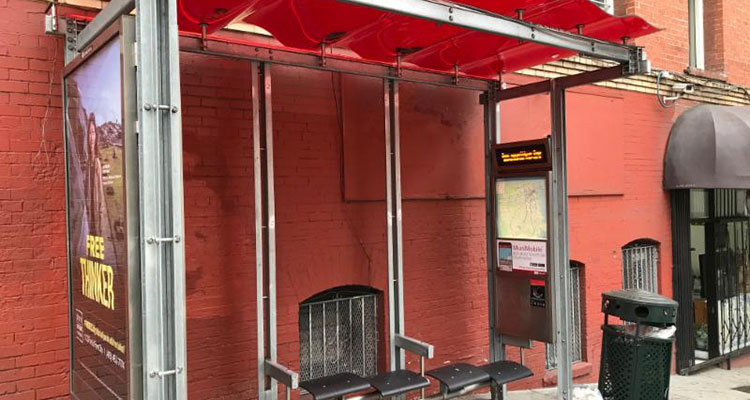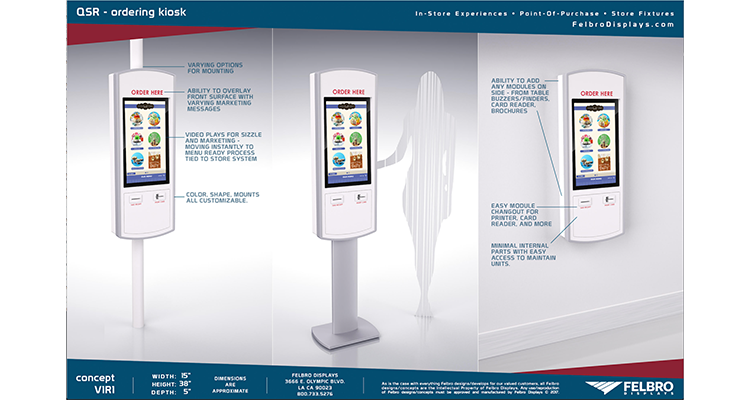Outdoor Digital Signage Paying Dividends in the QSR Sector
 By Jeffrey Pinc
By Jeffrey Pinc
Panasonic
This time last year, QSR operators were already starting to see the value in digital menu boards due to a lift in sales following installation. Dunkin Donuts, KFC, and Canadian food chain Tim Hortons, all began ditching “old school” plastic-lit menu boards and adopted digital menu boards — which brought a 3-5 percent increase in sales to any digitally-promoted item.
After seeing the benefits of indoor digital signage, including increased customer satisfaction and data-driven real-time promotions/upselling opportunities, the next logical step for operators is applying the technology to the drive-thru. With 60-70 percent of QSR business taking place there, investments in the drive-thru are vital.
With these factors in mind, some brands have already made such an investment and seen a 12 percent lift in sales after installation both indoors and at the drive-thru. What should operators who have yet to begin searching for outdoor digital menu boards be looking for? Here are the top five digital drive-thru features operators should consider:
- Integrated Approach: In order to maximize your investment in digital menu boards, QSRs should take an integrated approach so operators can manage drive-thru menu content on a single digital platform. Menus, promotions and advertising can be managed and updated instantly, allowing operators to be more responsive to market conditions, simplifying brand compliance and messaging rollouts to provide opportunities for dynamic suggestive selling to increase sales orders.
- Scalability: Digital menu boards should feature flexible configurations with anywhere from one to two, three or four screen setups, audio and video options, custom frames, mounting to meet individual customer needs and potential architectural limitations.
- Built-in Order Confirmation: Operators should utilize order confirmation screens for a better customer experience with visuals tied to the customer’s order directly on the digital menu board. This will also eliminate the need for a separate, standalone unit, while ensuring orders are taken correctly, reducing waste and speeding up on the order-taking process.
- Rugged Outdoor High-Quality Displays: Operators should seek out high-brightness weather-resistant LED displays that provide excellent image quality with vibrant images, clear text and are visible in direct sunlight. This is important as 74 percent of customers say an easy to read menu is their top priority. These displays should be certified for 24/7 operation and rugged enough to operate seamlessly in variable temperatures. Operators should also keep in mind the importance of installing vandal proof hardware. Finally, displays that do not require separate cooling/heating enclosures will eliminate a potential point of failure for operators.
- Single Source Provider: To ensure interoperability between all digital signage and drive-thru technology, operators should seek out digital menu boards from a single-source provider. Most digital signage solutions today are piecemealed from a variety of sources, resulting in issues that could lead to lost revenue. A single-source provider can simplify the maintenance process should there ever be a hardware failure, while also assisting with content creation, remote monitoring and content management in addition to installation.
With a majority of QSR business coming from drive-thru sales, maximizing impact and increasing sales in the drive thru is paramount. By taking the above into consideration, operators can help boost their digital menu board ROI. Learn more about Panasonic Digital Signage and learn more about our Digital Drive-Thru.
This column was reprinted with permission from Panasonic and originally appeared here.





